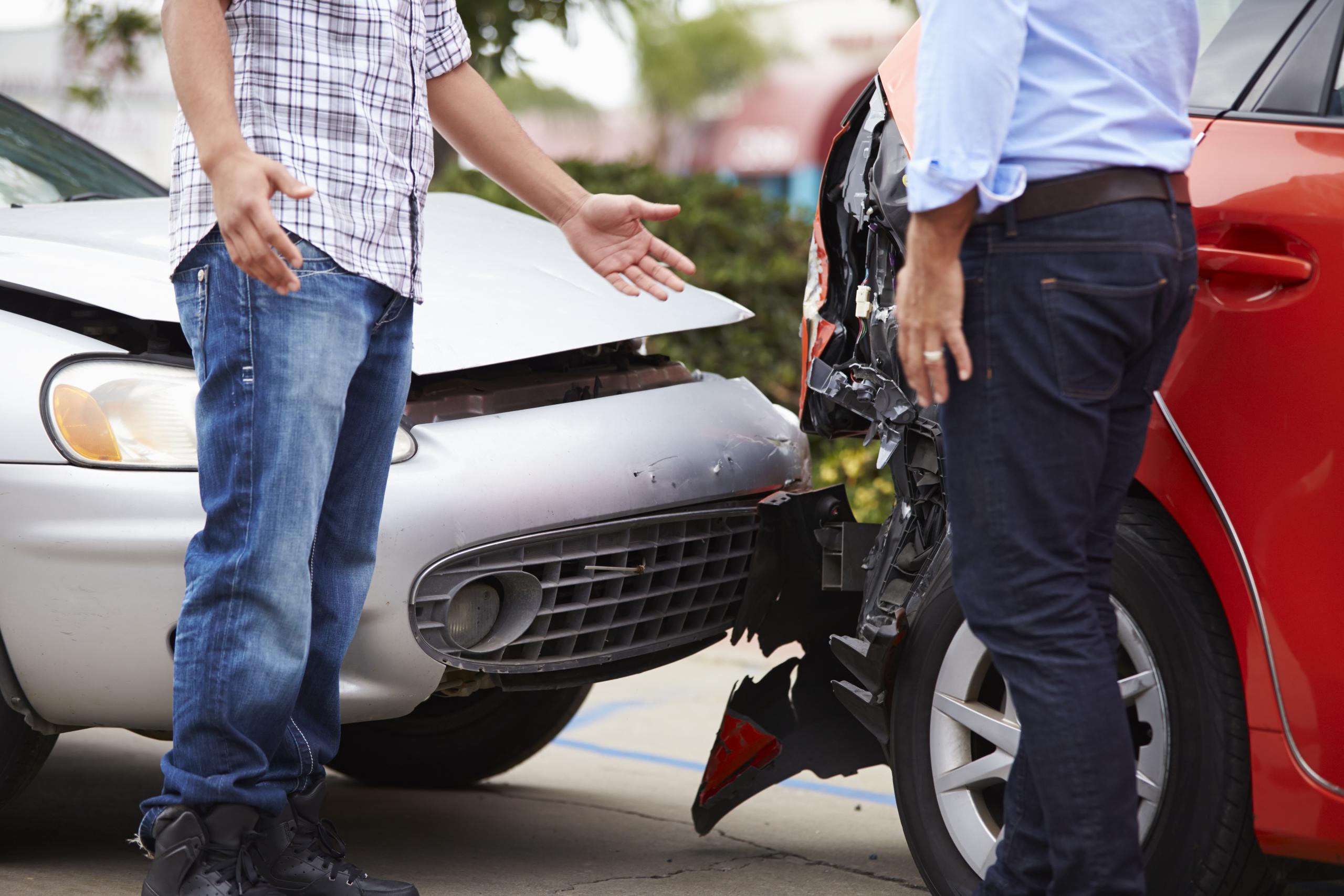No one wants to experience a car accident. A single accident can throw your life and your well-being into total chaos. Even if you walk away uninjured and unharmed, an accident can have a lasting impact. It can affect your finances, your transportation, and even your health for months and years to come.
If you’re involved in an auto accident, it’s important to stay calm, collected, and in control. But there are also important steps you need to take in order to deal with the accident itself. Knowing what to do could be a huge help in your time of need.
Once you’ve determined that you’re safe and uninjured after a car accident, it’s important to begin documenting the accident and its damage. Acting now will save you from problems and headaches later down the line. Here are four steps you should take if you’ve been involved in a car accident.
1. Ensure Your Safety
Immediately after a car accident occurs, it’s important that you assess your own safety. If you are able to, determine whether or not you are injured. Do you need medical care? Are you able to get out of your vehicle? Are you able to move your vehicle out of the way of traffic?
The most important thing to do is stay safe. State Farm recommends taking the following steps immediately after an accident to prevent further harm:
- Move vehicles out of traffic to the side of the road (if the accident is minor).
- Put your vehicle in park and turn it off.
- Turn on your hazard lights.
- Set up cones, warning triangles, or flares, if available.
- Check for injuries. Call 911 if needed.
- Call the police, even if the accident is minor.
Make it a priority to move your vehicle to safety and contact the police if you’re in an accident. The police can help redirect surrounding traffic, begin an investigation, and create a report that will be valuable going forward.
2. Assess and Document the Damage
Once you’ve determined you’re safe and unharmed, it’s critical that you document the scene of the accident. Doing this will be helpful when you file your insurance claim and work to get compensated for any damages.
According to All State, you should document the scene of the accident by doing the following:
- Take photos. Document any damage by taking photos of your vehicle and any other involved vehicles from all angles.
- Note how many vehicles, drivers, and passengers were involved.
- Write down the license plate numbers of all involved vehicles.
- Write down the names and badge numbers of all responding police officers.
- Talk to witnesses who saw the accident happen. Take down their names and contact information.
The more information you’re able to document via photos or written notes, the more you’ll be able to accurately share with your insurance company and any potential legal parties.
3. Exchange Information
After documenting the scene of the accident, its damage, and other information, you should make it a priority to exchange information with the other drivers involved.
Getting the other drivers’ information is critical in filing insurance claims or taking any kind of legal action. You’ll need their full names and contact information. You should also collect the driver’s:
- Insurance company and policy number.
- Vehicle information – license plate, vehicle type, vehicle color, and vehicle make/model.
- License information, including the license number.
Expect the drivers of any involved vehicles to ask for the same information from you. When you’re exchanging information, make sure that you don’t say anything that could be perceived as discussing who’s at fault.
Doing so could affect the outcome of your insurance claim. It’s smart to stick only to information without discussing who’s responsible for the accident. Your insurance companies – or the police – will determine who is at fault.
4. Contact Your Auto Insurance Company
Once all information has been collected and exchanged, it’s time to contact your insurance company. You can do this right at the scene of the accident, or you can do so when you get home. Either way, you’ll want to contact your insurer as soon as possible to ensure you share accurate information.
Give your insurance company a call and begin to file a claim. The insurance agent will ask you many questions. You’ll have the chance to explain what happened, share the involved drivers’ information, give any police report information, and learn how to share photos of the scene and damage with your insurer. All of this will help the company accurately and efficiently process your claim.
5. Consult a Car Accident Attorney
Lastly, if you’re concerned that your auto insurance won’t accurately or effectively cover your damages from the accident, you should consult a car accident attorney. Also known as personal injury attorneys, these types of lawyers can help you get insurance settlements, sue at-fault drivers, and collect damages or compensation.
In some cases, insurance alone cannot help you recoup all that you’ve lost. This is especially the case with serious accidents that result in significant damage or injury. A personal injury attorney, or a car accident attorney, can help you.
To find an attorney for your accident and legal case, you should search online. Look for attorneys who are experienced in working with accidents. It’s also a good idea to search for an attorney who’s familiar with insurance settlements and vehicular or traffic statutes.
Many personal injury attorneys will offer free consultations for new clients. In your search, ask about having a consultation with different attorneys. That way, you can compare each attorney, consider their experience levels, and determine who’s the best match for you.
